Remediation work is taking shape across the exterior of The Vessel in Hudson Yards, Manhattan, where netting is being installed for visitor safety. Designed by Thomas Heatherwick of Heatherwick Studio and developed by Related Companies, the 15-story, 150-foot-tall attraction opened in March 2019 but was shuttered in July 2021 after four guests leapt to their deaths from the platforms of the honeycomb-shaped structure. The safety system will incorporate steel mesh netting stretched from metal supports to close the gaps between its network of interconnecting staircases.
Recent photographs show portions of the new “cut-resistant” steel-mesh netting being attached to double-curved metal frames across the exterior. The barrier will extend over all open-air sections of the attraction with the exception of the top level, which will remain closed to the public. A portion of the outdoor plaza is currently blocked off by plastic sidewalk barriers as telescopic boom lifts aid in the construction process.
The convex arched geometry of the supports and netting represents a thoughtful integration of the safety barrier into the structure’s artistic form.
Between the first suicide in February 2020 and the last in July 2021, the Vessel had closed and reopened several times with measures intended to prevent future occurrences, such as an increased security presence, signs with mental health resources, and a ban on solo visitors. These measures proved insufficient, and access was closed to the $150 million structure by means of doors and walls to bar entry to its M. C. Escher-like staircase system.
An opening date for the Vessel has yet to be finalized, but is reported to be sometime later this year.
Subscribe to YIMBY’s daily e-mail
Follow YIMBYgram for real-time photo updates
Like YIMBY on Facebook
Follow YIMBY’s Twitter for the latest in YIMBYnews


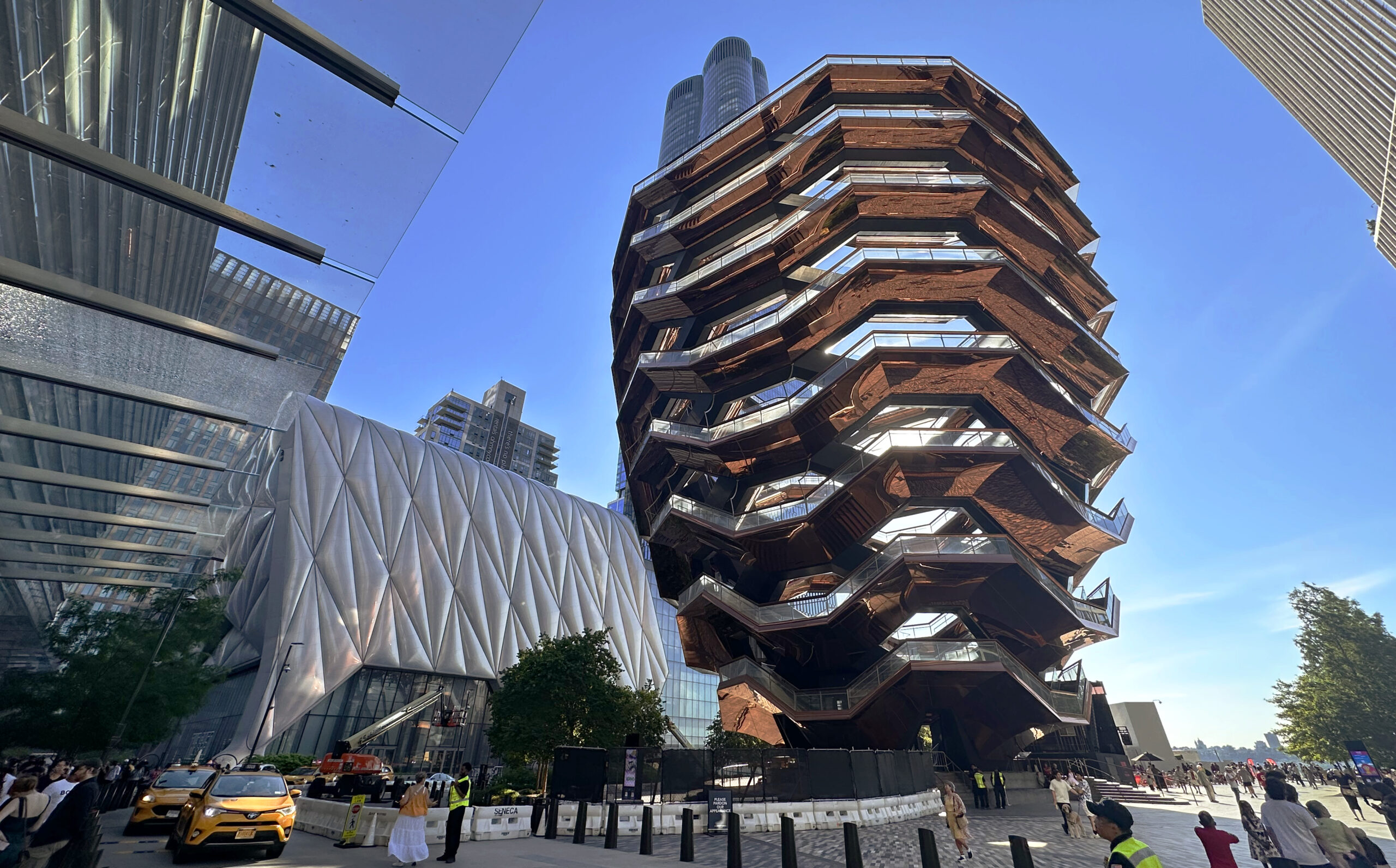


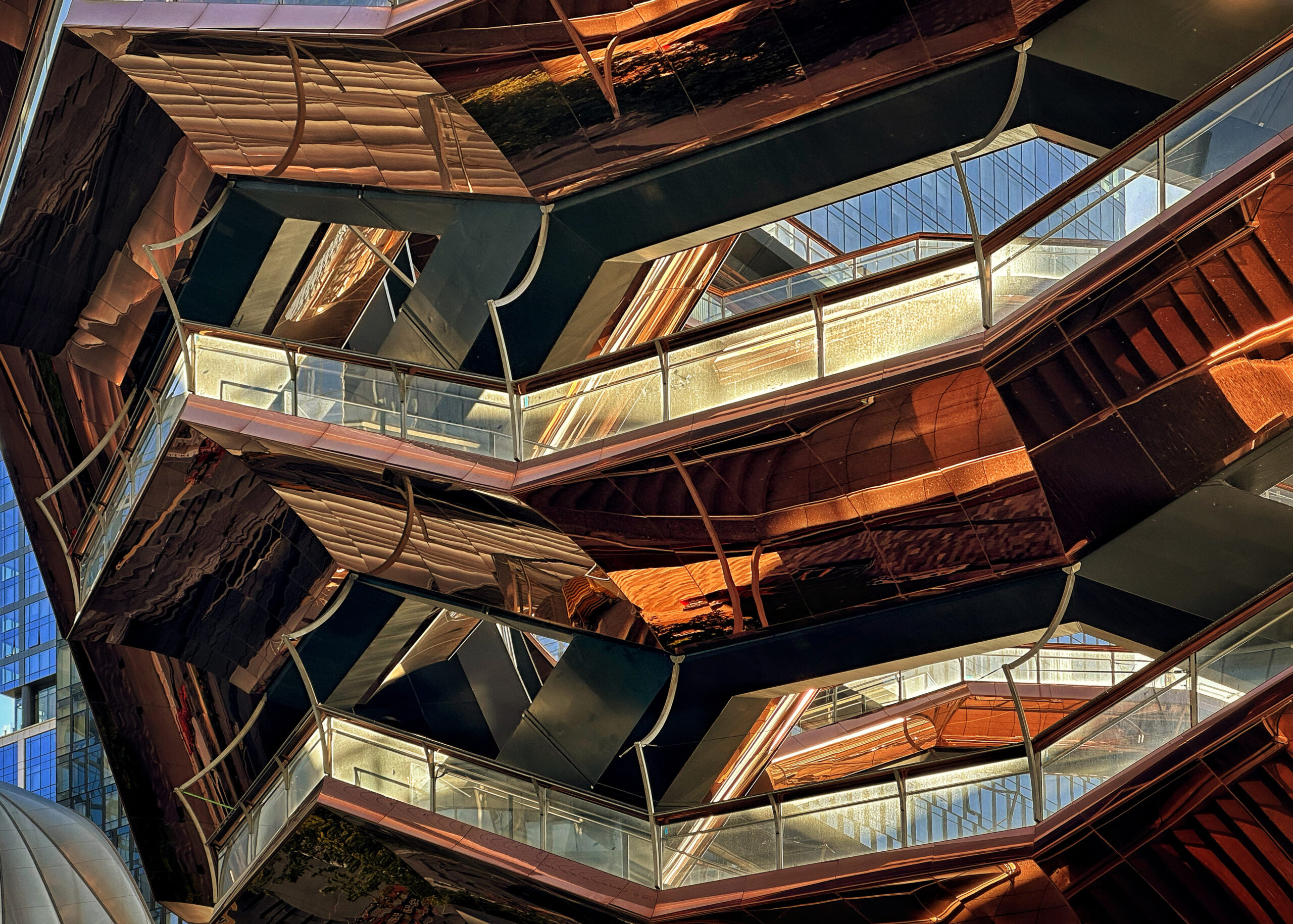


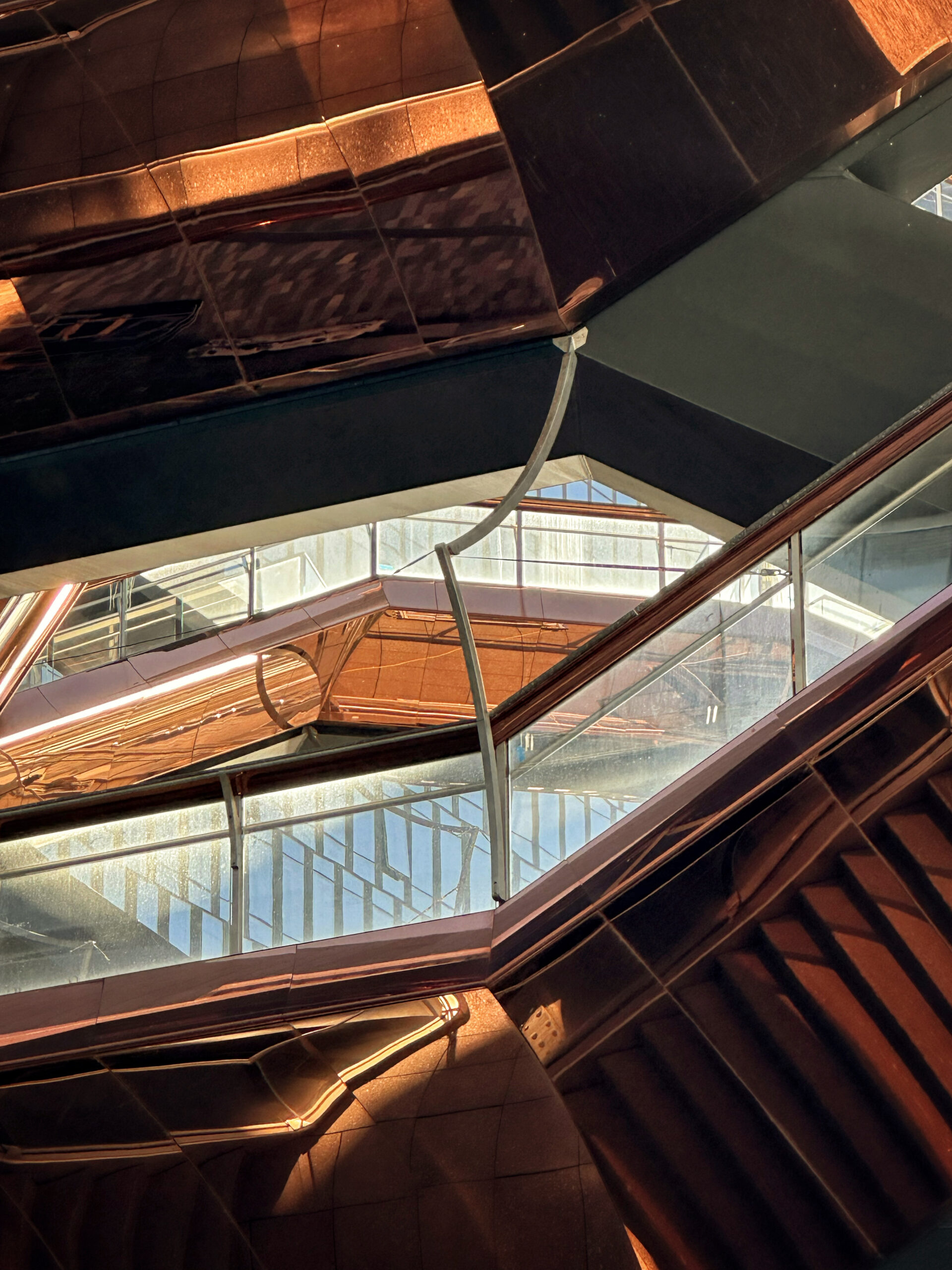
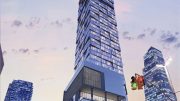
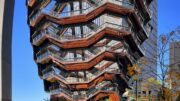
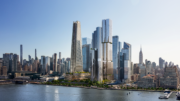
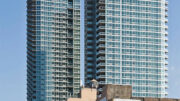
What “steel barrier”? The picture No. 2 here, showes a simple chicken wire. Is this what they will be installing: chicken wire??!!
Exactly.
Let us know how hard it was to cut that “chicken wire” after getting arrested for vandalism 👍
This is one of the great architectures in the world, protective measures will become clearer once completed: Thanks to Michael Young.
It is a pity that the despondent became fixated on this interesting structure. One would think that loftier places would be more attractive to them.
There are so many better places to perform that unfortunate task. To do so in such a strange, sterile setting is difficult to wrap my mind around.
It’s the same reason mass shooters choose to kill a crowd rather than just themselves: they want some way to leave a “mark” on the world they have felt so inadequate in.
I walked by this years ago just before it was finished. The construction guy I chatted with predicted people would be jumping. “Don’t walk under it.”
This was all predictable, and Heatherwick’s initial resistance to a barrier solution leaves blood on his hands.
The Architect does not have blood on his hands. Four people who were clearly unwell used the structure for their own selfish needs. You can do what they did in the privacy of their own home. I did have the great privilege to run to the top of the Vessel in 2019 and while it is sad that it has been closed, I will definitely visit again
I wonder how much the ‘artist’ was paid? I’d wager several millions if not tens of millions of taxpayer money is well hidden in the budget and accounting documents.
Just tear the structure down…it has always been an eyesore.
As a therapist I need to clarify that taking one’s own end of life is not a ‘selfish’ act. While some may encounter something akin to inconvenience by those who take this measure, it is truly unfortunate that the end result is seen as something other than what it truly is- a last ditch effort to end what feels like unendurable, meaningless, unending pain.
The”safety netting” should INSTEAD be installed around architects & artists who don’t consider or don’t care about the very real and unintended negative consequences of their structures and projects.
Yes. Anything over 50 feet should be destroyed. Including buildings, bridges, and mountains.
Why didn’t they use copper? Was Thomas Heatherwick involved?
Copper is easy to cut—too soft.